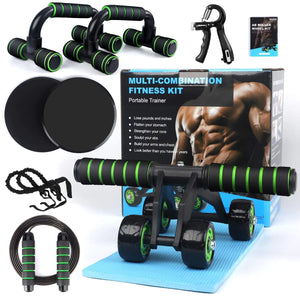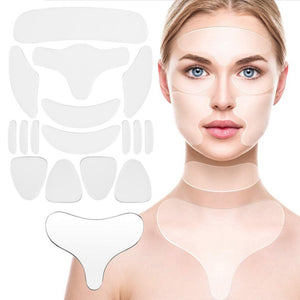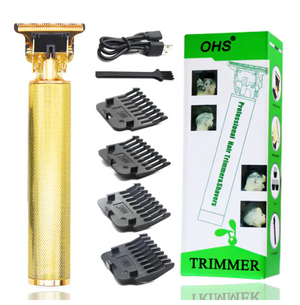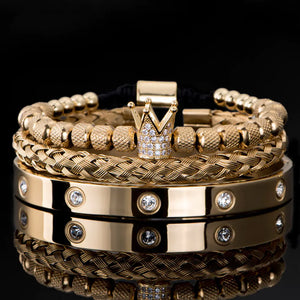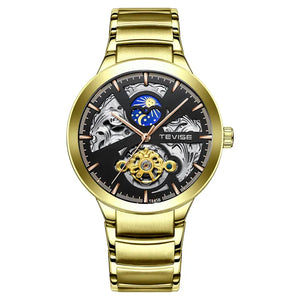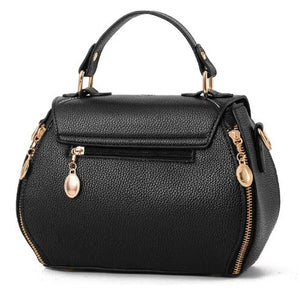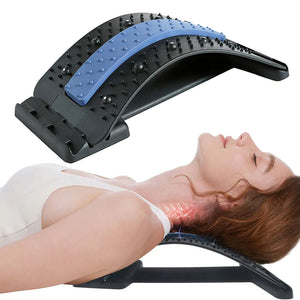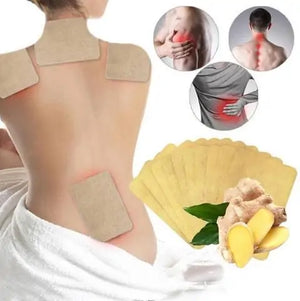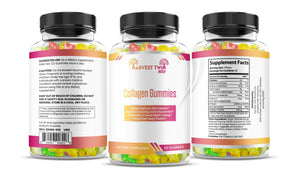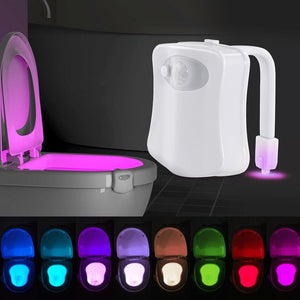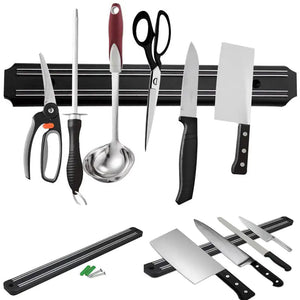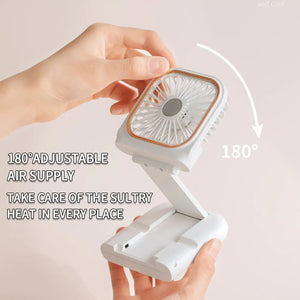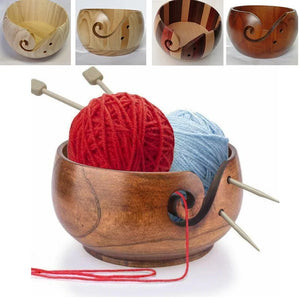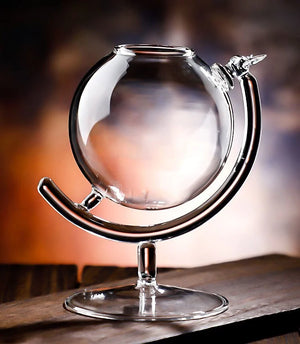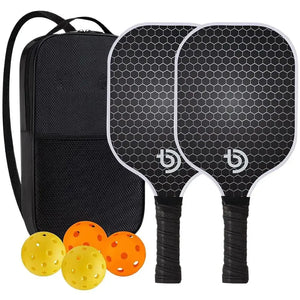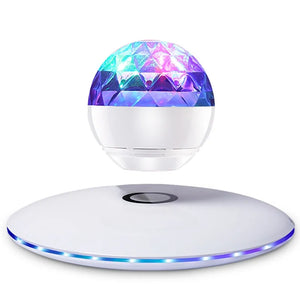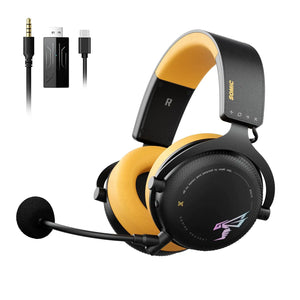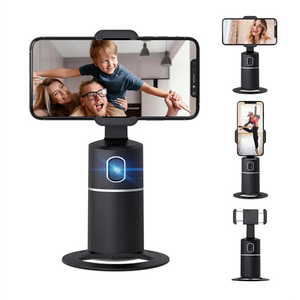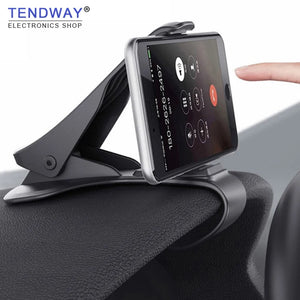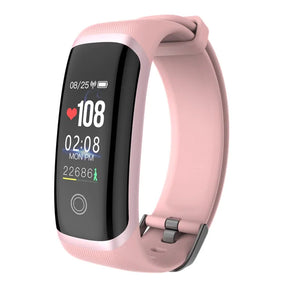
Americans’ fascination with protein has transformed the snack industry. From popcorn and candy to sparkling water and sodas, food brands are slapping “protein” on everything.
Social media trends, wellness influencers and celebrity-backed launches are powering this so-called “proteinification” of snacks. Yet nutritionists caution: adding protein to ultra‑processed treats doesn’t turn them into health foods.
While Nifty Cool Stuff, our online lifestyle store, doesn’t venture into groceries, we do feature the quality kitchen tools that support your preparation of food that promotes a balanced diet. We thus believe it’s useful to be aware of every pertinent nutritional fact.
The Protein Craze: How It Started and Where It’s Headed
Protein’s status as a star nutrient has sky‑rocketed beyond athletes and bodybuilders. Today’s interest comes from a wide range of consumers – including weight‑loss drug users, aging adults, and longevity seekers – driven by the promise of strength, recovery, and vitality.

Influencers and celebrities have launched protein‑enhanced products – Khloé Kardashian’s “protein popcorn,” protein‑rich oatmeal, and snack bars – turning protein into a pervasive wellness accessory.
Cargill’s latest “Protein Profile” reports that in 2024, 61% of North American consumers actively increased their protein intake – up from 48% in 2019 – and 63% said they look for protein in their snacks. In fact, nearly 100 new products launched in 2024 featured “protein” in the brand name – more than double the year before.

Protein Isn’t Always Health: Experts Sound the Alarm
Despite the marketing appeal, many high‑protein snacks remain ultra‑processed. Nutritionists warn these products can mislead consumers into thinking they’re healthy – even when they’re still sugary or salty junk food. Protein doesn’t neutralize poor nutritional content.
Personal trainers emphasize the importance of choosing whole, minimally processed foods over heavily marketed protein snacks. Instead of focusing solely on added protein content, they’ll encourage consumers to consider simple, nutrient-dense options like lean meats and eggs that offer natural sources of protein without the extra additives.

Moreover, most Americans already meet or exceed protein requirements. For a 150-pound adult, guideline intake amounts to around 54 grams a day – easily achieved through everyday foods like eggs, chicken, yogurt, and legumes.
Excessive protein consumption, especially from fortified processed sources, is linked to potential dietary imbalances and health concerns – including heart issues linked to high intake of certain amino acids.
Meanwhile, a nutrient that is truly under-consumed by most Americans is dietary fiber. Fiber supports digestion, weight management, and healthy gut function, but only about 4% of men and 12% of women meet recommended daily intake levels, according to USDA data. Yet fiber doesn’t get the same shiny appeal protein does.

The Role of Social Media and the Snack Economy
Social media has amplified the protein trend. Platforms like TikTok and Instagram are pushing mechanics like secret‑menu videos, high‑protein meal trends, and viral snack brands.
Nearly half of consumers have tried new foods after seeing them online, making digital platforms a key influence on diet experimentation.
These viral trends span carnivore‑style diets to protein‑infused candy, drinks, and ice cream – all part of a multi‑billion‑dollar industry seeking to capitalize on protein’s perceived health halo. Influential figures, celebrities, and entrepreneurs have turned protein into both product and identity – driving momentum even when dietary science suggests moderation and balance is wiser.

Red Flags and Consumer Awareness
Experts emphasize that marketing protein isn’t synonymous with meaningful nutrition:
- Added protein doesn’t redeem junk foods. Many snack bars, chips and candies boasting high protein are still packed with sugars, unhealthy fats or artificial additives.
- Overemphasis on protein can sew dietary imbalance. Nutrients like fiber, healthy fats, vitamins and minerals can be neglected in protein‑focused diets.
- Ultra‑processed snacks raise concerns. Despite protein branding, many of these products still fall into the “ultra‑processed” category, which carries associations with poor long‑term health outcomes.

Better Choices: Whole Foods and Fiber-Rich Options
Instead of reaching for protein‑fortified junk, experts encourage consuming real foods that deliver balanced nutrition naturally:
- Lean animal proteins like chicken, turkey, eggs and yogurt provide protein without excess processing or additives.
- Whole-food plant proteins such as beans, lentils, quinoa, tofu and chickpeas deliver both protein and fiber – plus vitamins, minerals, and plant-based benefits.
- Fiber-rich snacks like fruit, oats, vegetables, whole grains or homemade legume dishes offer satiety, digestive benefits, and nutrient variety.
Beans, in particular, have become a social media darling – viral recipes feature beans in everything from protein bowls and smoothies to creative savory snacks. They deliver both protein and fiber affordably and sustainably.

Looking Forward: What Consumers Should Know
The blockbuster growth of protein snacks shows no sign of slowing. But food experts urge a thoughtful, balanced approach:
- Moderation matters. Most people already get enough protein – and chasing higher intake via processed snacks doesn’t guarantee better health.
- Read beyond the front label. Check ingredients, sugar content, sodium levels and fiber before believing the protein claims.
- Prioritize whole foods. Lean meats, eggs, beans, whole grains and fruits deliver protein, fiber and micronutrients in a more balanced way.
- Focus on long‑term health, not fads. Balanced meals and varied nutrients beat gimmicks and single‑nutrient obsessions every time.

Conclusion
The protein mania has revolutionized snack packaging, making protein the next big buzzword. But while social‑media‑fueled flavors and celebrity brands make it ubiquitous, added protein alone doesn't make a food healthful.
The staff at Nifty Cool Stuff believes most people get enough – what they need more of is fiber and balance. So instead of indulging in ultra‑processed “protein snacks,” opt for whole foods that nourish comprehensively, and feel free to visit our Kitchen section for premium products to make your tasks more efficient.

As diet culture continues to evolve, it’s worth asking: do you want protein for marketing, or nutrition that sustains your wellbeing?









